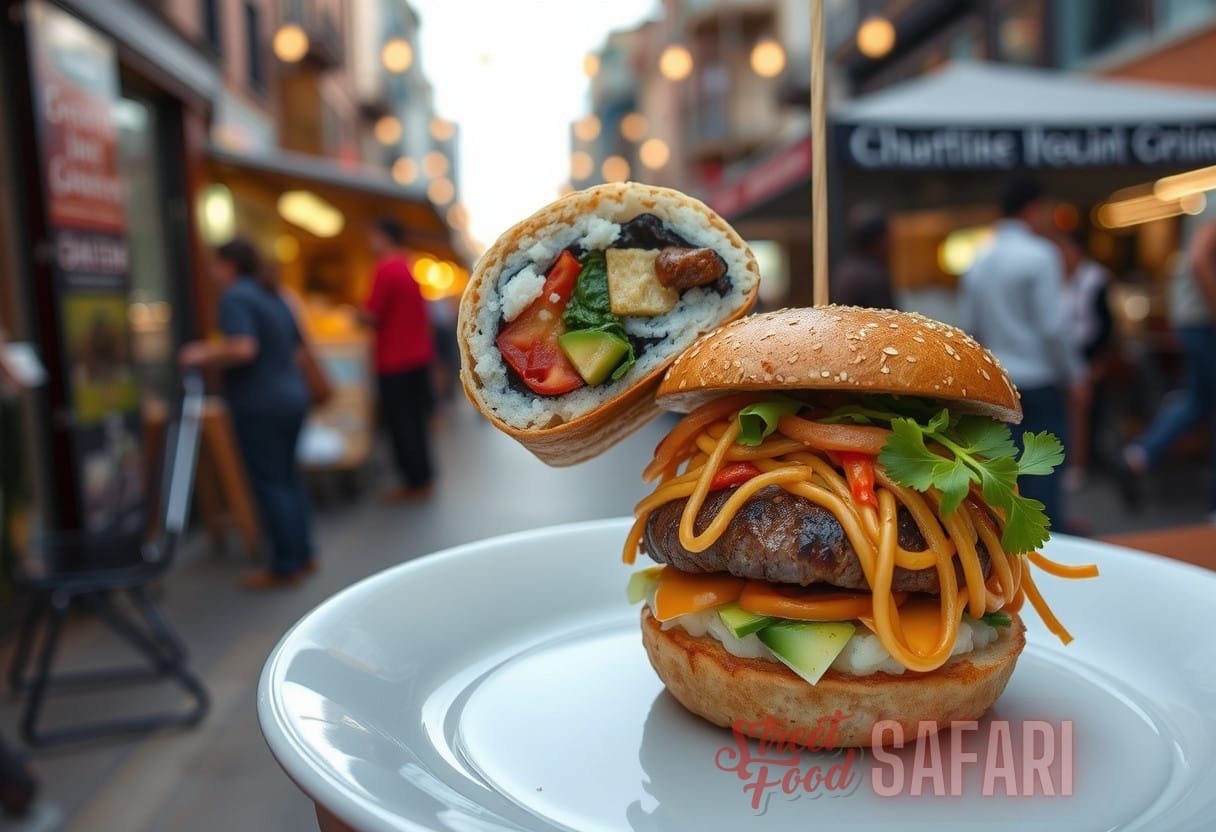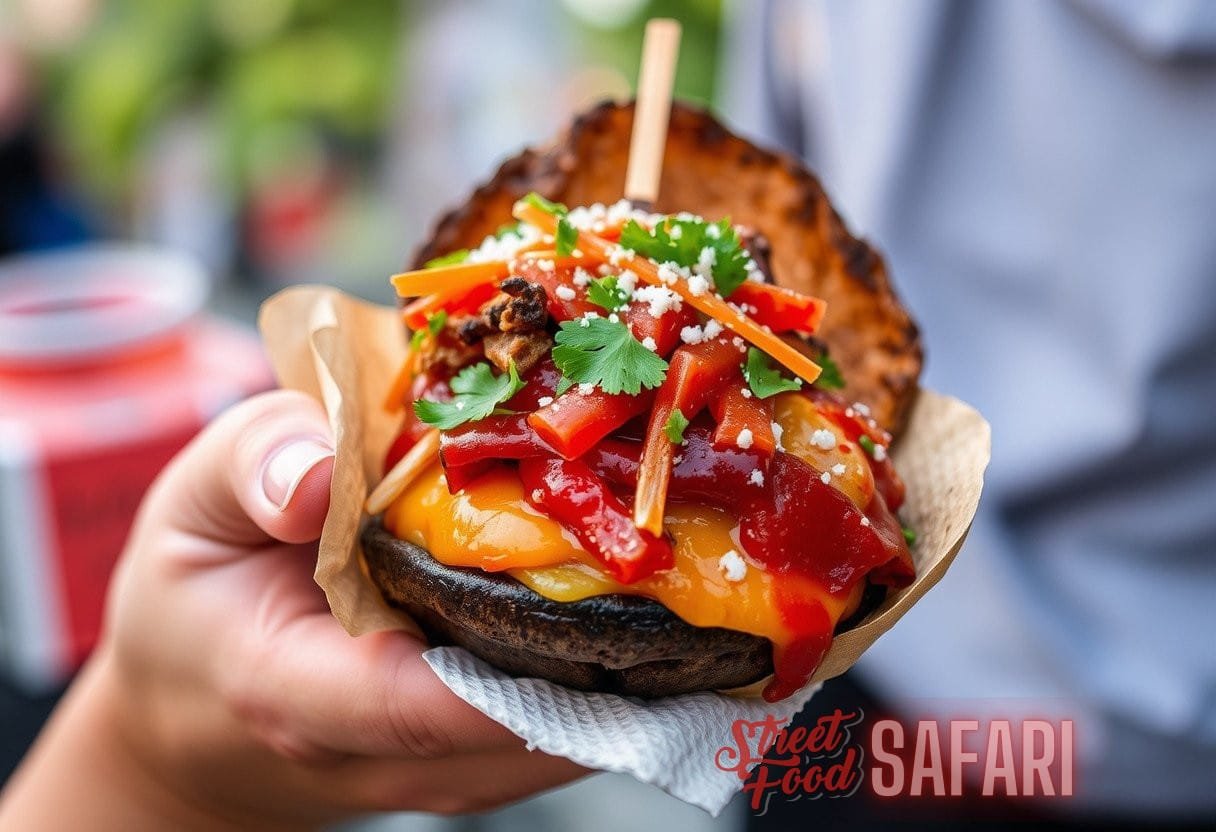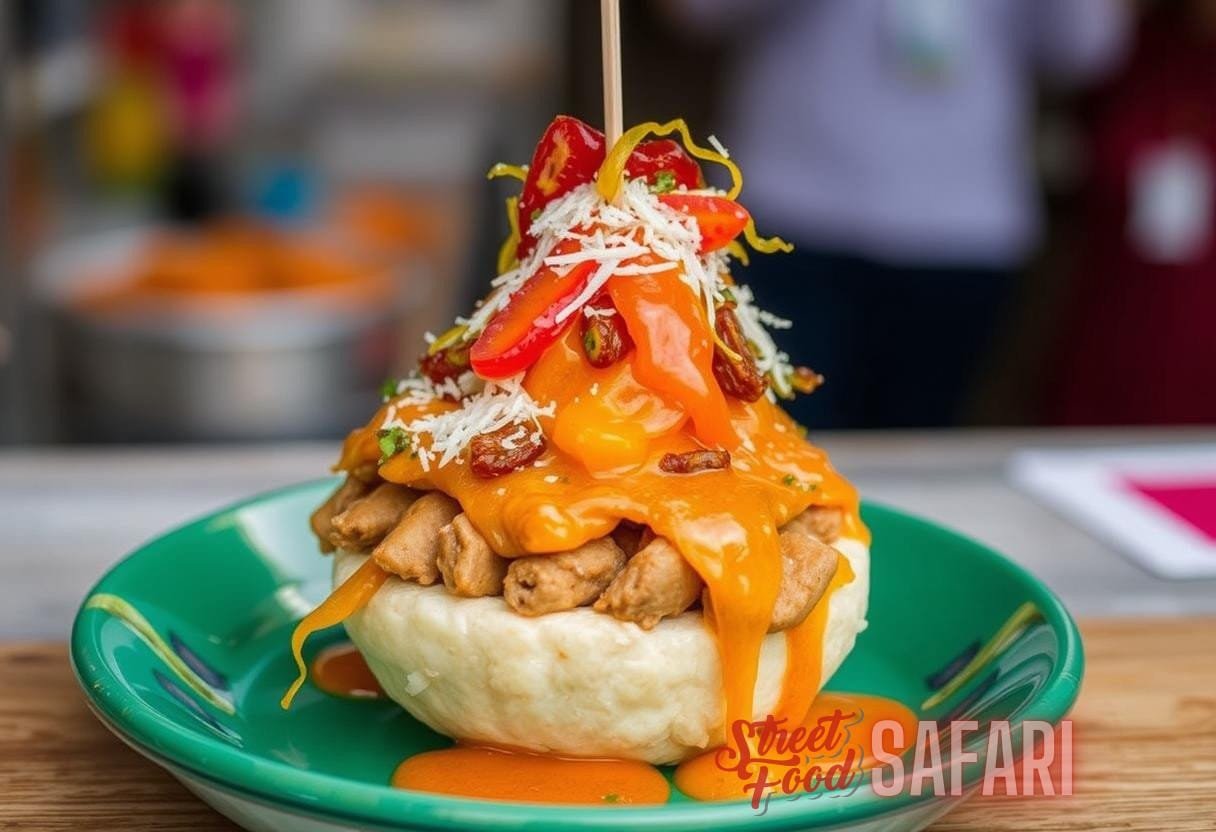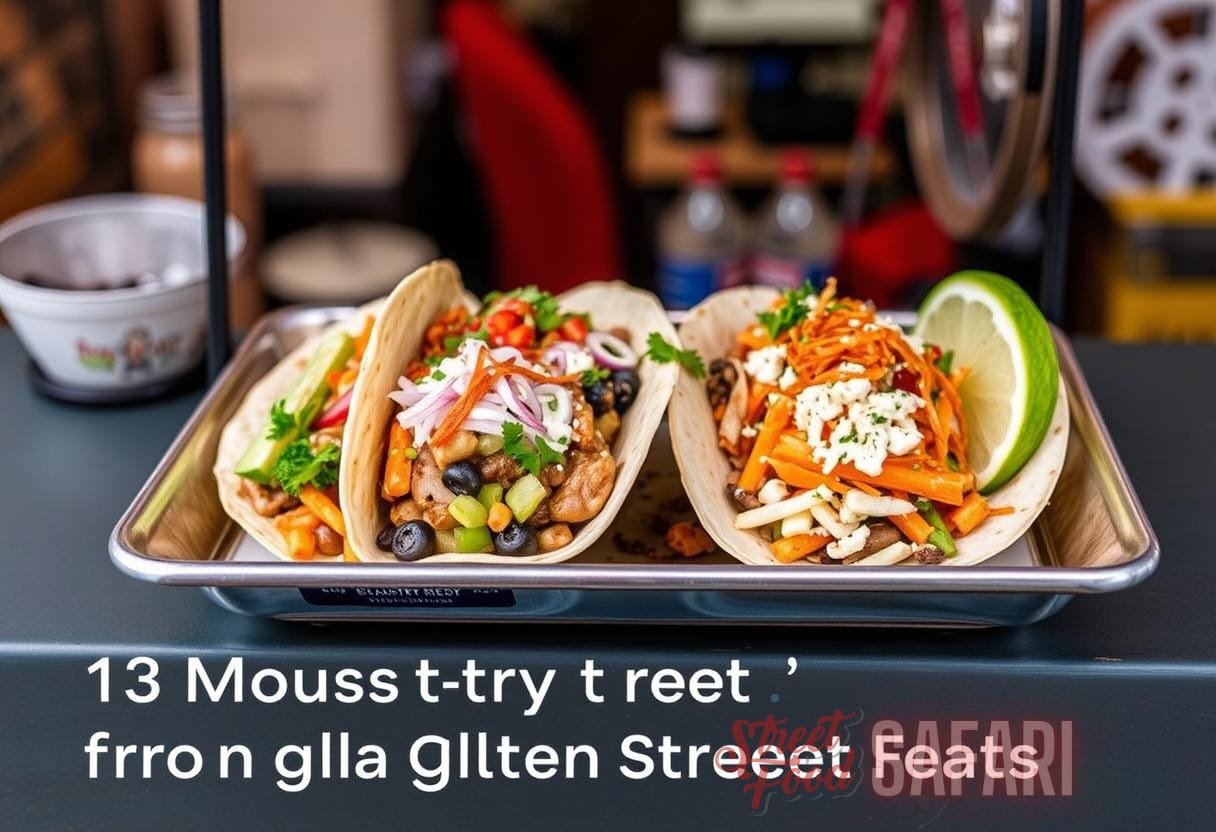Urban Taste Transformations: Analyzing the Fusion of Culture and Chemistry in Street Food Staples
Street food fusion is not just a trend; it is a cultural movement that represents the rich tapestry of global cuisines intermingling in urban centers. This blending of flavors has emerged as a significant culinary force, characterizing cities from Seoul to Los Angeles, and transforming simple street stalls into trendsetting gastronomic experiences.
The Rise of Street Food Fusion
Street food has long been a staple for locals seeking quick, delicious meals. However, in recent years, the rise of street food fusion has revolutionized traditional concepts of flavor and culinary creativity. Urban areas are now bustling with food trucks and pop-up stands offering innovative dishes that combine techniques and flavors from diverse cultures.
According to a report by Statista, the food truck industry in the United States alone is projected to reach $1 billion in revenue by 2025, demonstrating the growing interest in non-traditional dining experiences, particularly among younger consumers.
Cultural Influence on Street Food Fusion
Cultural heritage plays an essential role in the street food fusion phenomenon. For example:
- Mexican-Korean Tacos: This popular hybrid combines the robust flavors of Mexican cuisine with the savory components of Korean dishes. Think kimchi taco trucks popping up in neighborhoods across Los Angeles.
- Japanese-Peruvian Nikkei Cuisine: Nikkei cuisine exemplifies the rich fusion of Japanese flavors with Peruvian ingredients, resulting in dishes like sushi ceviche.
- Indian-Italian Pizza: Various food vendors have begun experimenting with ingredients like paneer and tikka sauces to create a unique Indian twist on classic pizza.
Such inventions illustrate how street food fusion offers a narrative intertwined with cultural exchange and adaptability. Street vendors often draw upon their heritage while experimenting with local flavors, leading to exciting new taste profiles.
The Science of Flavor Combinations
The success of street food fusion is not purely artistic; there is a fascinating chemistry at play. Flavor is influenced by the balance of salt, sweet, sour, bitter, and umami. Understanding these principles allows chefs and vendors to craft innovative street food that tantalizes the taste buds.
For instance, the combination of spicy and sweet elements can enhance the overall flavor experience. A prime example can be seen in the popular fusion dish of spicy pineapple fried rice, where the heat of chile peppers balances against sweet pineapple chunks, creating a symphony of flavors that captivates the palate.

Popular Street Food Fusion Dishes
Here are some standout examples of street food fusion dishes that have taken the culinary scene by storm:
- Fusion Sushi Burrito: This oversized sushi roll combines traditional sushi ingredients with burrito elements, allowing for convenient street consumption.
- Ramen Burger: Popularized in New York City, this dish substitutes traditional bread for ramen noodles, offering a delightful twist on the classic burger experience.
- Churro Ice Cream Sandwich: An indulgent creation merging two beloved treats, churros serve as the outer shell for creamy ice cream fillings.
The Role of Technology and Social Media
In the digital age, social media profoundly influences the popularity and dissemination of street food fusion. Instagram and TikTok have become platforms where culinary creatives showcase their unique dishes, attracting food enthusiasts worldwide.
For instance, a visual-centric post featuring a vibrant dragon fruit smoothie bowl with fusion toppings can quickly go viral, leading to increased foot traffic at food stalls. This phenomenon can have significant implications on restaurants and street food vendors, enhancing their visibility and customer engagement.
Local Ingredients Meet World Flavors
Street food fusion thrives on using local ingredients, which adds authenticity and connection to the community. By sourcing fresh produce and meat from local markets, vendors can showcase their hometown’s bounty while incorporating global flavors. This not only supports local agriculture but also encourages culinary experimentation.
- Farm-to-Truck Models: Many food trucks now utilize local farms to derive ingredients, creating seasonal menus that reflect the community’s agricultural cycle.
- Artisan Partnerships: Collaborations with local artisans to create unique sauces or baked goods have also become commonplace, fostering a sense of connection between producers and vendors.
Case Study: The Evolution of a Street Food Concept
Let’s delve into a case study illustrating the evolution of a street food concept, focusing on the booming food fusion truck, “Tacos & Tikka.” Based in Austin, Texas, this food truck serves tacos with Indian-inspired fillings, such as butter chicken and paneer tikka.

Initially, the owners tested their concept at local flea markets, using feedback to refine their recipes and offerings. After quickly gaining a loyal following, they employed social media strategies, utilizing Instagram to showcase visually appealing dishes, leading to a successful stint at catering local events and festivals.
Today, “Tacos & Tikka” features a rotating seasonal menu that highlights the freshest local produce while continually experimenting with innovative pairing ideas. Their fusion tacos have become a prominent example of cultural intermingling in the Austin food scene.
Challenges Faced by Street Food Fusion Vendors
Despite the popularity and benefits of street food fusion, vendors face challenges that can affect their business. Some of these include:
- Regulatory Compliance: Numerous cities have specific regulations governing food trucks, which can hinder operational flexibility.
- Market Saturation: As street food fusion grows in popularity, the market can become oversaturated, making it imperative for vendors to continually innovate.
- Supply Chain Issues: Sourcing unique ingredients can sometimes lead to logistical complications, especially during peak times or unforeseen disruptions.
Future Trends in Street Food Fusion
As urban populations grow and consumer preferences shift, the future of street food fusion looks promising. Here are some emerging trends to watch for:
- Plant-Based Fusion: With the rise of plant-based diets, many fusion vendors are incorporating vegan and vegetarian elements into their dishes, such as jackfruit tacos that replicate traditional meat flavors.
- Sustainable Practices: More vendors are adopting eco-friendly practices, from biodegradable utensils to waste reduction initiatives, aligning with broader societal movements toward sustainability.
- Virtual Street Food Experiences: The emergence of virtual food tours may allow consumers to enjoy street food flavors from various cultures without leaving their homes, further expanding the reach of street food fusion.
Conclusion: The Culinary Canvas of Tomorrow
Street food fusion represents a new culinary frontier, merging tastes, traditions, and techniques to create unparalleled dining experiences. As urban landscapes continue to evolve, the richness and diversity of street food will likely flourish, pushing the boundaries of creativity while deepening connections among cultures.
With ongoing experimentation and a willingness to embrace change, street food fusion will undoubtedly remain an essential aspect of urban culinary culture, delighting taste buds and capturing hearts.
Discover more about the latest street food trends.


